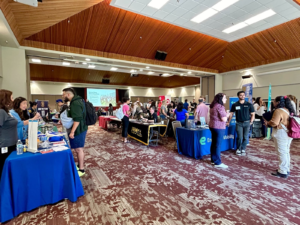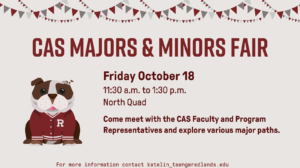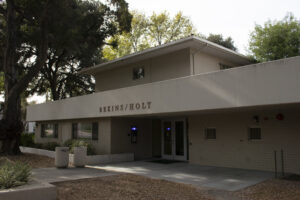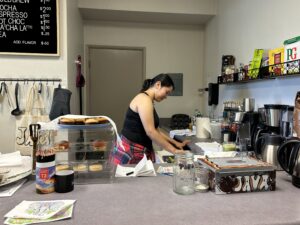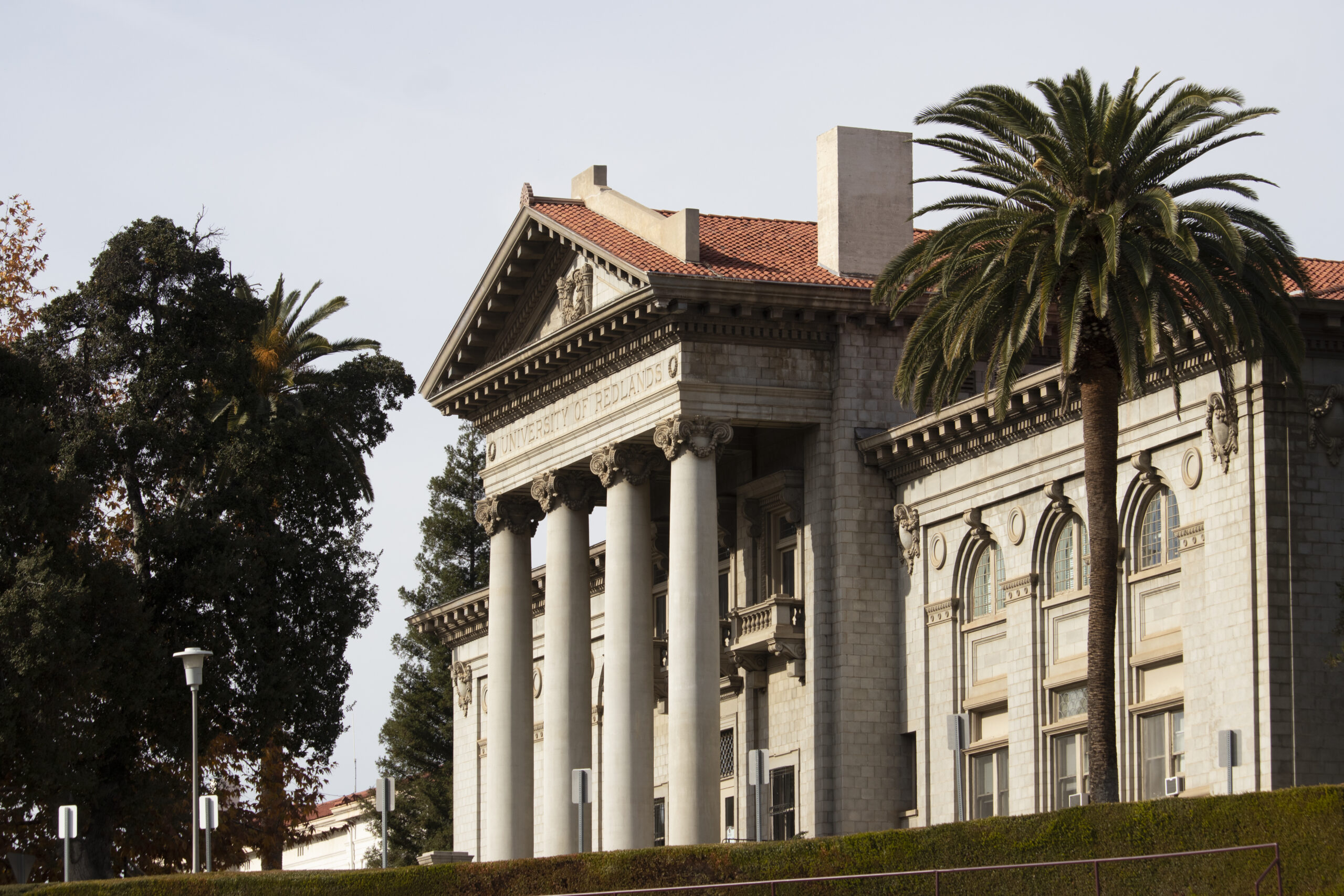
If you saw the shared governance survey email and ignored it, you’re not alone. To many students, the concept of shared governance seems confusing, vague and boring. However, it actually has an extreme impact on how a university makes decisions that can influence students’ everyday life.
What is shared governance?
In simple terms, shared governance is different levels of power at the university working together to make decisions. Power is distributed in order to promote transparency and ensure that better, timely, and more inclusive decisions are made. This is important so that every group has a voice and a collective responsibility for the university’s present and future.
The university defines shared governance as a “collaborative decision-making process in institutions of higher education, typically involving stakeholders such as governing boards, administration, faculty, and, in the most inclusive models, staff and students.”
Dr. Danny Anderson is in charge of reforming shared governance at the university. He has 37 years of experience in higher education and is President Emeritus of Trinity University in Texas.
In PowerPoint slides presented by Anderson at a Sept. 27 Student Town Hall, he explains that shared governance can be seen in the coordination of trustees, administrators, faculty, staff and students in making decisions, roles delegated by trustees, and as a process that “builds trust and creates arenas for conversations – both celebratory and challenging.”
While student government is an important part of shared governance, the current shared governance restructure efforts are completely separate from the previous student government, Associated Students of the University of Redlands (ASUR), or the Student Voice Task Force (SVTF). The SVTF is an unrelated group working to reform and rewrite the constitution for student government.
What does shared governance look like currently?
The 1980 Statement of Articulation among Trustees, Administrators, Faculty, Staff, and Students is the main shared governance document used by the university. In addition, each group has their own rules to follow on how they can work with each other and how to make decisions.
Some of these texts are old, unnecessary, and complex. The faculty handbook is especially outdated, as it was published in 1992. Obviously, the university has changed significantly since then, so that is one aspect the university is working to update. There will be a Faculty Governance Structure Working Group established to help ensure faculty voice and “examine the redundancies and burdens created by current structure,” says Anderson.
Why is shared governance being reformed?
“It is more important than ever to review and enhance our shared governance model to include our entire University community – faculty, staff, students, and the Board of Trustees – and align with our new mission and vision,” according to the university website.
Essentially, the current shared governance model at the university is outdated and doesn’t match the university’s new vision of “ lead[ing] California in providing a student-focused, personalized education that drives student success,” says the university’s website. The Board of Trustees and President Krista Newkirk say they are committed to the shared governance model, so now is as good a time as any to update the university’s policies.
In addition, the Western Association of Schools and Colleges (WASC), an organization that assesses universities for educational quality and excellence, recently reaccredited the university and had some notes on the shared governance process. WASC noted that “shared governance is present and it can be better,” according to a PowerPoint presented by Anderson at a Sept. 27 Student Town Hall. WASC also would like to see a “clear statement of shared governance policy with a related decision matrix” and “clear governance structure for faculty in an updated policy.”
Anderson emphasized at the Town Hall that this reevaluation isn’t just to check boxes for WASC, but instead shared governance is something that the Board of Trustees and President Newkirk are genuinely interested in strengthening and seeing improvement.
What can you do to help?
The university is working to modernize the current shared governance model, and recently sent out a series of emails encouraging students, staff, faculty and trustees to fill out a survey regarding shared governance. This survey was originally supposed to close on Oct. 25, but the deadline has been extended to Oct. 30 at 5 p.m. These survey results are anonymous, but will be shared with Anderson in order to attempt to strengthen shared governance at the university. He is working with UoR to host town halls, aggregate survey results, and create the Shared Governance Task Force.
This task force will “include equal representation from the administration, faculty, staff, and students,” according to the university’s shared governance website. There will be 15 members: co-chairs President Krista Newkirk and Associate Provost Anne Cavender, three each of faculty, staff, trustees, and students. Nominations are currently open to fill these positions on this new task force.
The survey asks students about “gap analysis,” which is evaluating where the university is now in regards to shared governance versus where it should be. It also asks about how effectively different groups on campus are involved in shared governance, and how well they understand and respect each other’s roles. The survey also asks for examples of shared governance in action, and time where it could have been used. Anderson is also available by email to answer any questions or for those who want to voice their opinions directly at danny@drdannyanderson.com.
Adelaide is a sophomore majoring in Public Policy and Environmental Studies. She is from Las Vegas, Nevada and this is her second year as the culture section editor for the newspaper. She is also co-president of DAWGS and Vice President of Legacy and Logistics for RSG.

